I have had the pleasure of using the new Fujifilm X-H1 camera for the past three months thanks to the wonderful folks at Fujifilm Nordic. I am a brand ambassador for Fujifilm so naturally I am biased. But this is not a review or anything like it, it is just my personal impressions of the camera and a recount of what happens when a die-hard X-T2 music photographer has to to get used to a new camera. Spoiler alert: he gets very grumpy but then discovers how well it captures lasers!
The X-H1 joins the X-T2 and X-Pro2 as X-series flagships. All three are amazing cameras with their own special features and very distinctive shooting experience (something we touched on in our silly Dual Vision movie. Watch at your own risk). The X-H1 is a hybrid stills and video camera and the first Fujifilm camera to feature In-Body Image Stabilization.
Raving with the X-H1
My main use of the X-H1 has of course been a whole summer’s worth of music photography. These are all pro events where I am hired by the festival, or the club or the artists themselves and have access and permission of course. I have blogged about a few of these events already so there are a lot of X-H1 pictures here:
- Roskilde Festival Part I and Roskilde Festival Part II
- The Minds of 99 at Roskilde Festival
- AV AV AV at Distortion festival
Ready? Ok lets jump into some random comments from me:
How about that stabilizer. Let me just say: wow, Holy stabilized night shooting Batman, That stabilizer is insane. Insanely good, it feels like you can let go of the camera and it would just float in mid air. The stabilizer is honestly not needed for most types of still photography I find, but it is of course a true wonder for video. I don’t do video though, but I do photograph super dark electronic concerts and night clubs. Standard music festivals have loads of lights so you don’t really need a stabilizer. But I’m often at events or clubs that are super dark, forcing me to shoot at the very edge of the camera and lenses capabilities, for example at ISO 12,800, F1.4 and 1/20-1/50 second exposure all night long. And that’s hard to hand hold at times on a busy dance floor, so this is where the stabilizer really helps. Also, lasers!
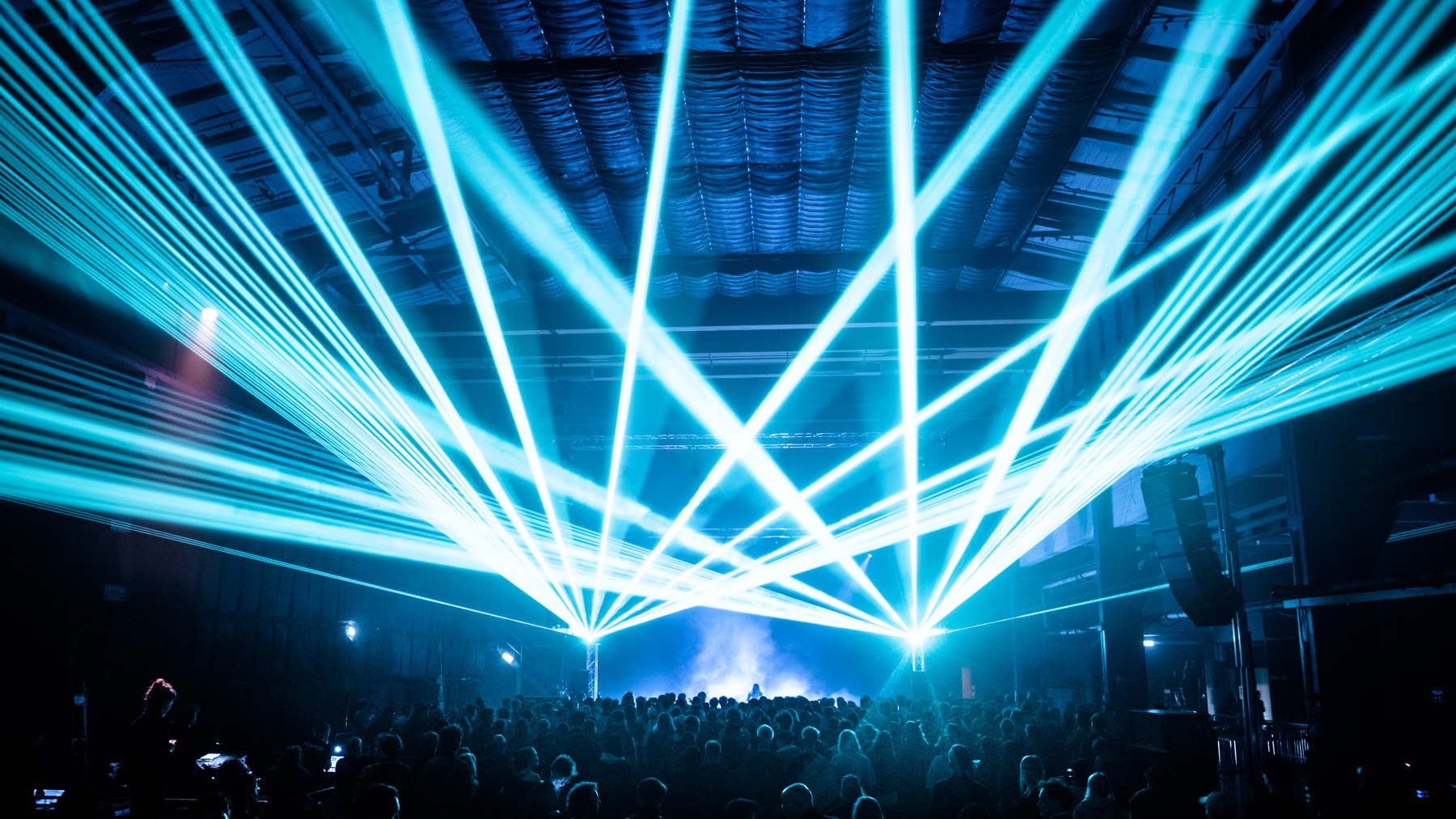
Lasers! SØS Gunver Ryberg at Click Festival and lasers from Laserfabrikken. X-H1, XF16mm F1.4, ISO2500, 1/10s at F2.8
I am a die-hard T-series shooter. I have used the X-T1 since March 2014 and then the X-T2 since October 2016. Almost every day. That is more than four years of muscle memory and as we know, it is hard to teach an old dogs new tricks! I was really surprised at first just how different the X-H1 is to handle and use compared to the X-T1/2. This is fine though, the X-H1 is not just a T camera with stabilizer, it is very much a separate camera, a hybrid, and it has its own style and personality.
EV wheel. The X-H1 does not have a exposure compensation wheel, instead it has a top LCD display screen like the GFX. I miss the EV wheel constantly and I’d still much prefer the wheel to the top screen which I never used and I guess is for video users. But I did manage to map the EV function to both the front and rear command dials, it just took months to teach the old dog here to use another dial.
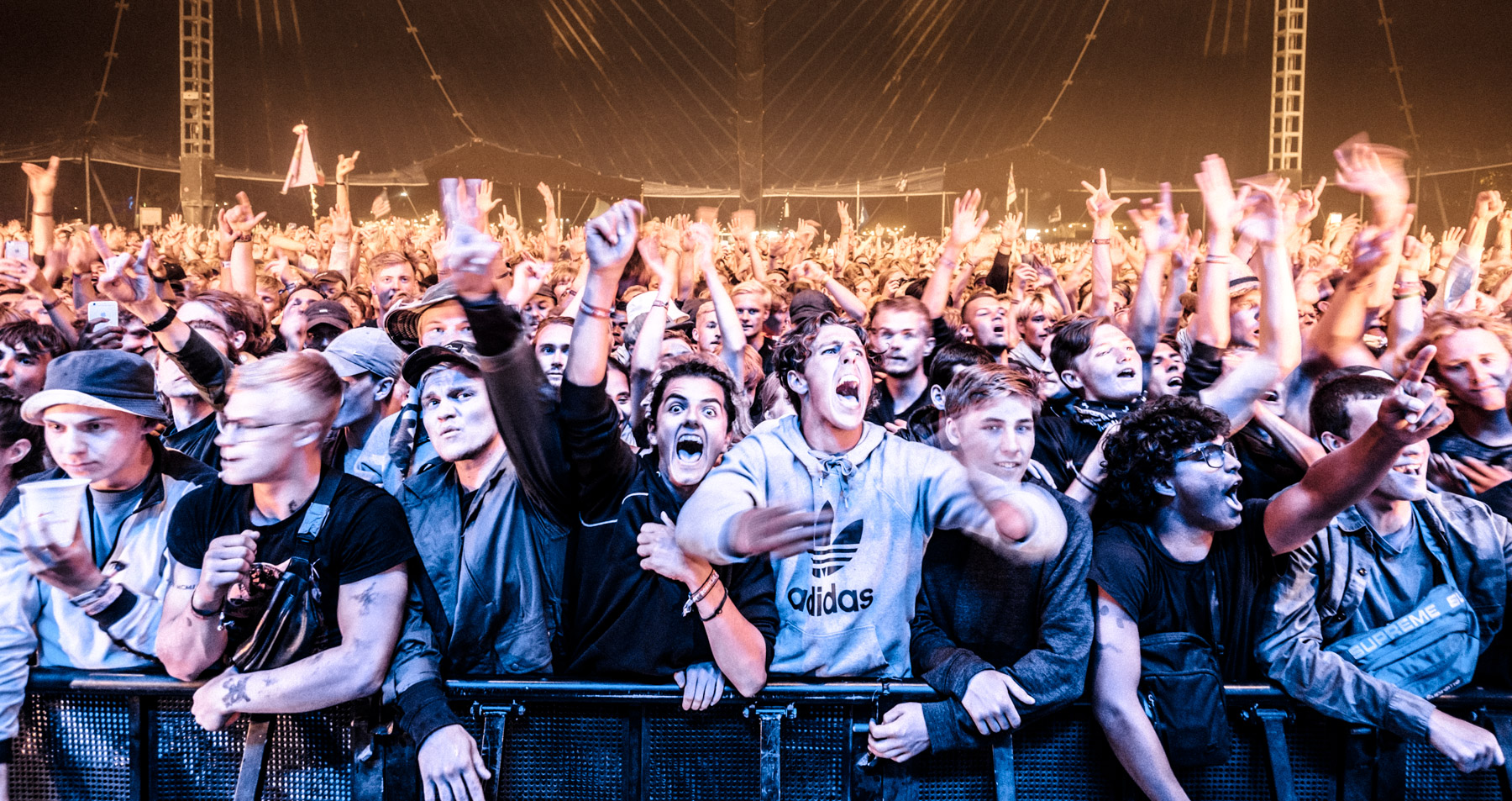
Mad crowd at the Stormzy concert at Roskilde. This kind of motion blur works so well with the X-H1. Zeiss 12mm F2.8 lens, 1/18s at F2.8
The hand grip is much larger than on the X-T2 and is really nice to use. It means shooting one handed with heavy lenses is much easier. No I’m not just shooting one handed because I have a dark ‘n stormy drink in the other hand! Often in night clubs I need to get the camera into a crazy position in the DJ booth where I can only reach the camera with and shoot one-handed.
The shutter button. Oh the shutter button. It is unlike any other shutter button I have used and took me months to kinda get used to. It is so soft and so gentle that if you whisper to it, it will trigger. This makes sense, with the stabilizer you want a soft release to minimize camera shake. However I don’t whisper, I am more of the play it really loud and jam that shutter button type fast and hard so I have really struggled with this new shutter button and I still do. 6 years of using Fujifilm cameras every day, always using back button focus, and I am struggling with this new shutter button like crazy. Especially because if you rapid fire in single mode and click the shutter button as hard as I do it will “jam” and take a while to recover meaning the camera misses shots while the shutter button comes back to life. This is purely me clicking the shutter really, really hard and most people probably won’t have this issue. You might love the soft shutter, I’m a really weird camera user for sure. Just be aware it’s really different and takes some getting used to!

Alex Index plays enough bass to anger the weather gods in Aarhus at the Bas Under Buen rave! X-H1, XF16mm F1.4
Batteries is something the X-H1 likes to consume a lot of and more than the X-T2. Naturally that stabilizer needs some juice, no way around that, so carry a few more than you would with say an X-T2.
Looks. The X-T2 is no beauty but the X-H1 is a really strange looking chunky hybrid beast! It is like the X-T2 and GFX had a drunken one night stand. In a word: ugly! The hand grip sticks out, the viewfinder sticks out a lot (Palle Schultz has a good tip about exchanging the eyecup), it is a fair bit heavier and bigger so it just doesn’t sit as nice in my shoulder bag nor hangs as nicely off my shoulder as the the much flatter and lighter X-T2. The X-H1 camera for me is an ugly but great camera for professional work, but is not my first choice for more compact discreet travel camera.
Lenses. I used the X-H1 with ny normal prime lens setup, see my Roskilde Festival gear post for details. The improved grip and the stabilizer would probably be even more of a help with the big and heavy zooms. But it was quite evident using that the X-H1 felt really balanced with a heavy prime like my 16mm F1.4.
Shutter sound. look for my music events the shutter sound does not matter, in space or at a rave no one can hear your shutter. But this new very soft X-H1 shutter sound is really nice for portraits or shooting inside music studios which I sometimes do.
Tough and weather proof. I used it in the dust storm that was Roskilde Festival and I used it during the beer spilling madness that was Distortion Festival with no issues. It is a tough and beer proof beast!
Touchscreen. I never used it. I turned it off on day one I must admit. I like buttons. And vinyl. And phones with big dials on them.
The EVF has a higher resolution and is brighter, both things are a great help in super dark electronic music concerts.
Lasers laser fire the turbo lasers
I need a whole separate paragraph for lasers! I am a sucker for big lasers at events (no one does them in Denmark like Laserfabrikken). It turns out, lasers is where the X-H1 lives! Shooting lasers with the X-H1 is so much fun. Lasers look solid to the eye but to get them to look solid in a picture often requires a slow shutter speed. This is just too easy with the X-H1, I can handhold 1/10 second easily and make the most epic laser-sharp laser pictures I have ever made. The XH1 is one epic rave camera!
PS. Never point your camera straight at a laser beam, there is a good chance of frying your sensor if you do.
Summary
I highly recommend you check the X-H1 out and test it, it really is the very pinnacle of Fujifilm mirrorless technology. If you come from an X-T1/2 camera like me, just be aware you may need time to adapt. If you do video or must have IBIS for your still photography, then your choice is easy of course and that IBIS is truly spectacular. We now are spoilt with three flagships, the X-H1, The X-T2 and the X-Pro2 so you get to choose the one that suits your shooting needs the most. If you shoot music events like I do, I definitely advice you to test the X-H1, that stabilizer can be a big help. But I still love and used the X-T2 as well all Summer and I cannot really tell you which one to choose for music photography, each camera have distinct features and advantages and each camera features a distinct shooting experience.
I absolutely love the X-T2 and I feel it is close to a perfect camera for me. So I kinda thought the X-H1 was just an X-T2 with a stabilizer but it is very different and has it’s own distinct shooting experience, different to any X-camera. Being an old dog, I had my troubles with the X-H1 and still do, I had to relearn six years of X-series muscle memory and I have my soap opera dramas with that shutter button and the lack of EV wheel. It also looks well, ugly! But once I got to know this camera there are some things it does incredible well, first and foremost that amazing stabilizer. I have made some insane low level long exposure photographs at events with this camera that I just could not make before. For that reason alone, I would live with the ugly looks, the lack of EV wheel and get the shutter button fixed and would like to continue to use it for my music photography so I can make more of those laser shots!
That is it for this one, I am off to another rave with the X-H1 so I can capture more lasers. Feel free to ask me any questions you may have in the comments, and check out the gallery below.
X-H1 Rave gallery
All of the images were of course shot in RAW and post-processed in Lightroom.
- Trance and crocodiles at Strøm Festival. Zeiss 12mm F2.8 lens
- When Saints Go Machine at Roskilde. Zeiss 12mm F2.8 lens
- MHD at Roskilde. Zeiss 12mm F2.8 lens
- God Goes Deep at Strøm! XF16mm F1.4 lens
- Strøm Trans Metro Express. XF16mm F1.4 lens
- AV AV AV at Distortion. XF16mm F1.4 lens
- Smerz and lasers at Strøm. XF16mm F1.4 lens
- AV AV AV at Distortion. XF16mm F1.4 lens
- Crowd at Distortion. XF16mm F1.4 lens
- Housefrau at CPH Pride. XF 16mm F1.4 lens
- The Minds of 99 at Roskilde. XF16mm F1.4 lens
- The Minds of 99 at Roskilde. XF16mm F1.4 lens
- Lucy Love at Bas Under Buen 2018. XF16mm F1.4 lens
- Roskilde and Bruno Mars lasers. XF23mm F2 lens
- Bjørn Svin at Click Festival. XF23mm F2 lens
- Bjørn Svin at Click Festival. XF35mm F1.4 lens
- Klaus Boss. XF35mm F1.4 lens
- Frankie Bones. XF35mm F1.4 lens
- Anderson .Paak. XF35mm F1.4 lens
- Anderson .Paak. XF35mm F1.4 lens
- St Vincent. XF50mm F2 lens
- Nine Inch Nails. XF50mm F2 lens
- Crowd at Roskilde. XF50mm F2 lens
- Roskilde <3 XF50mm F2 lens
§
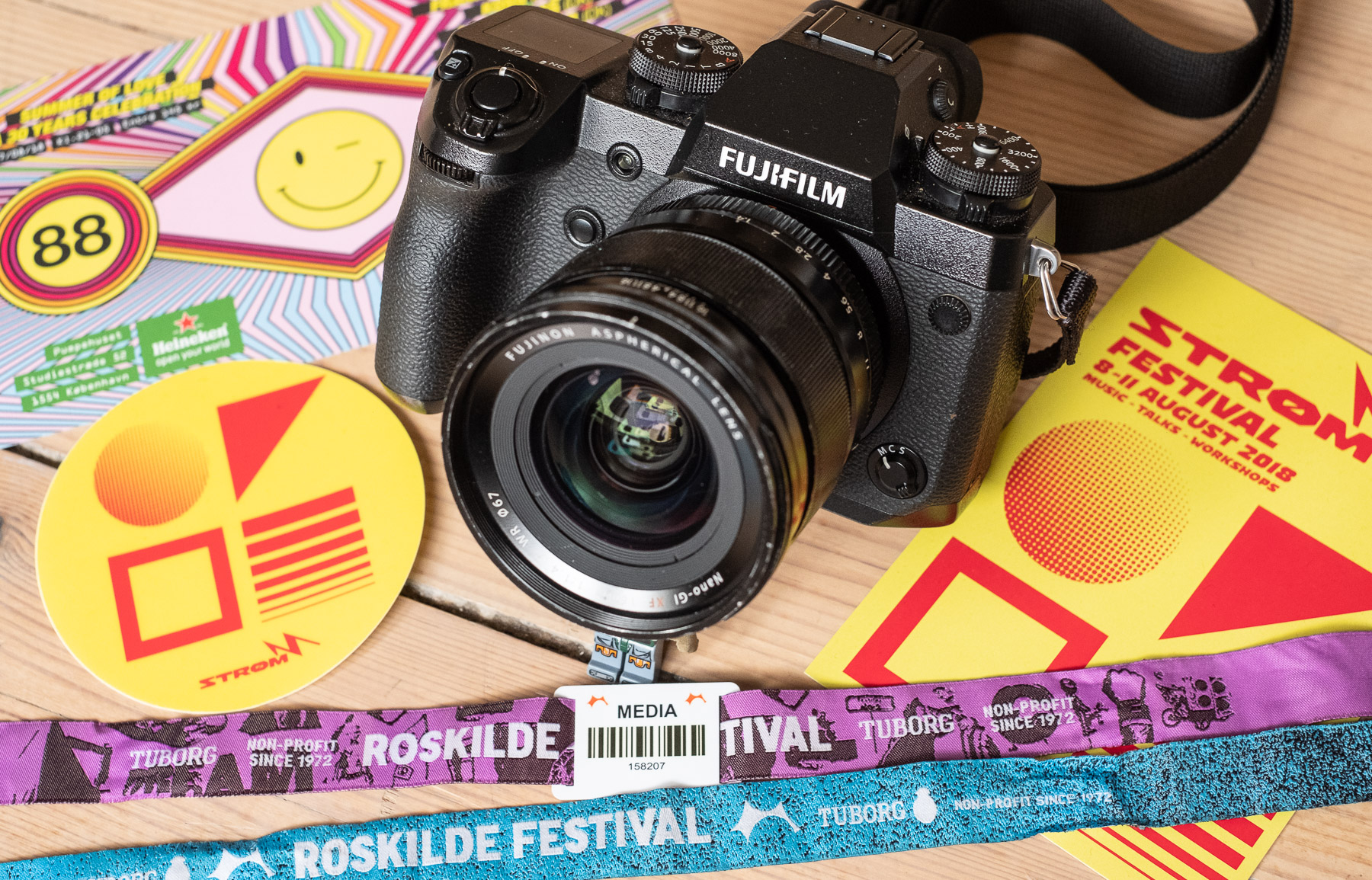
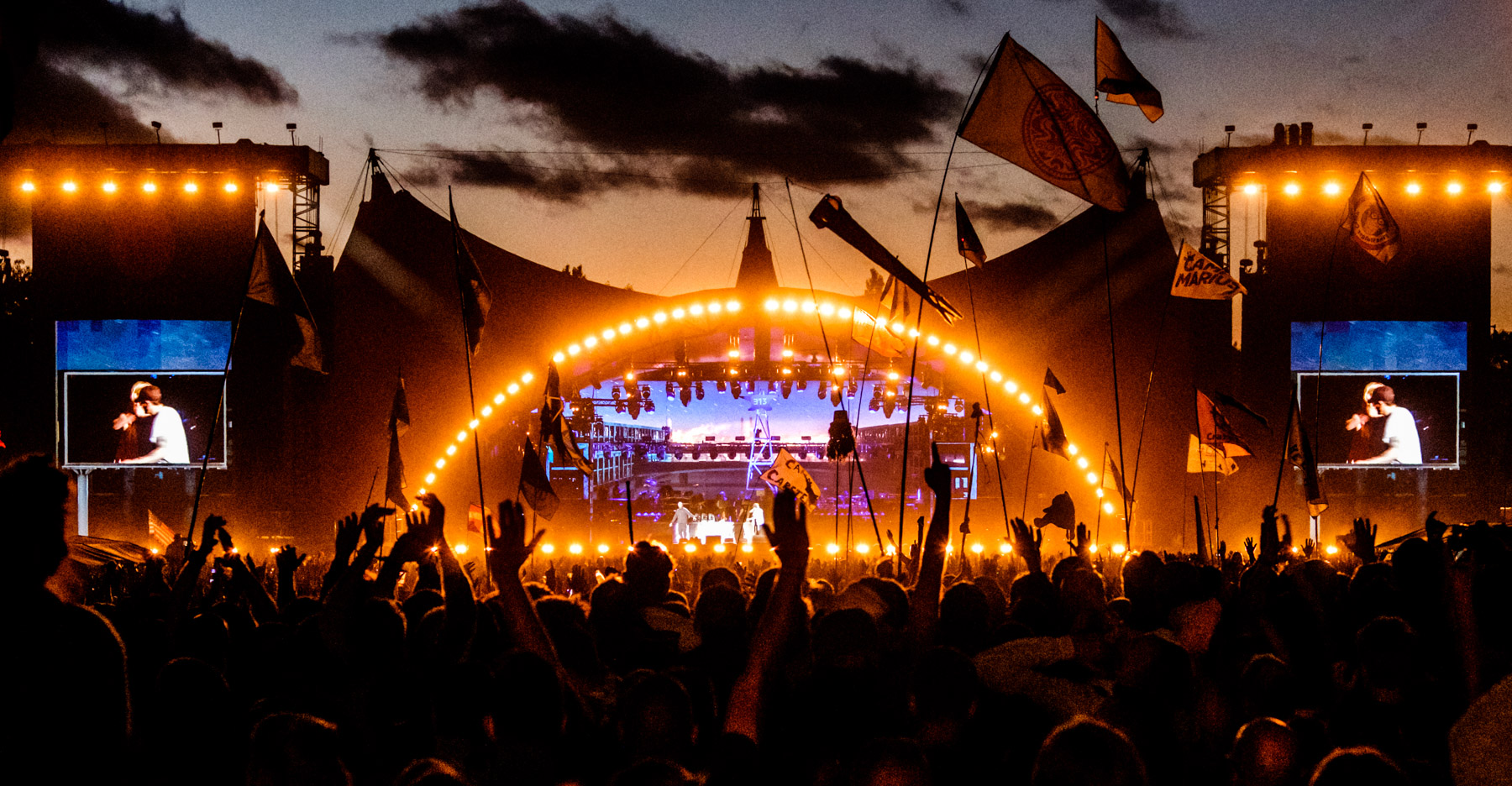


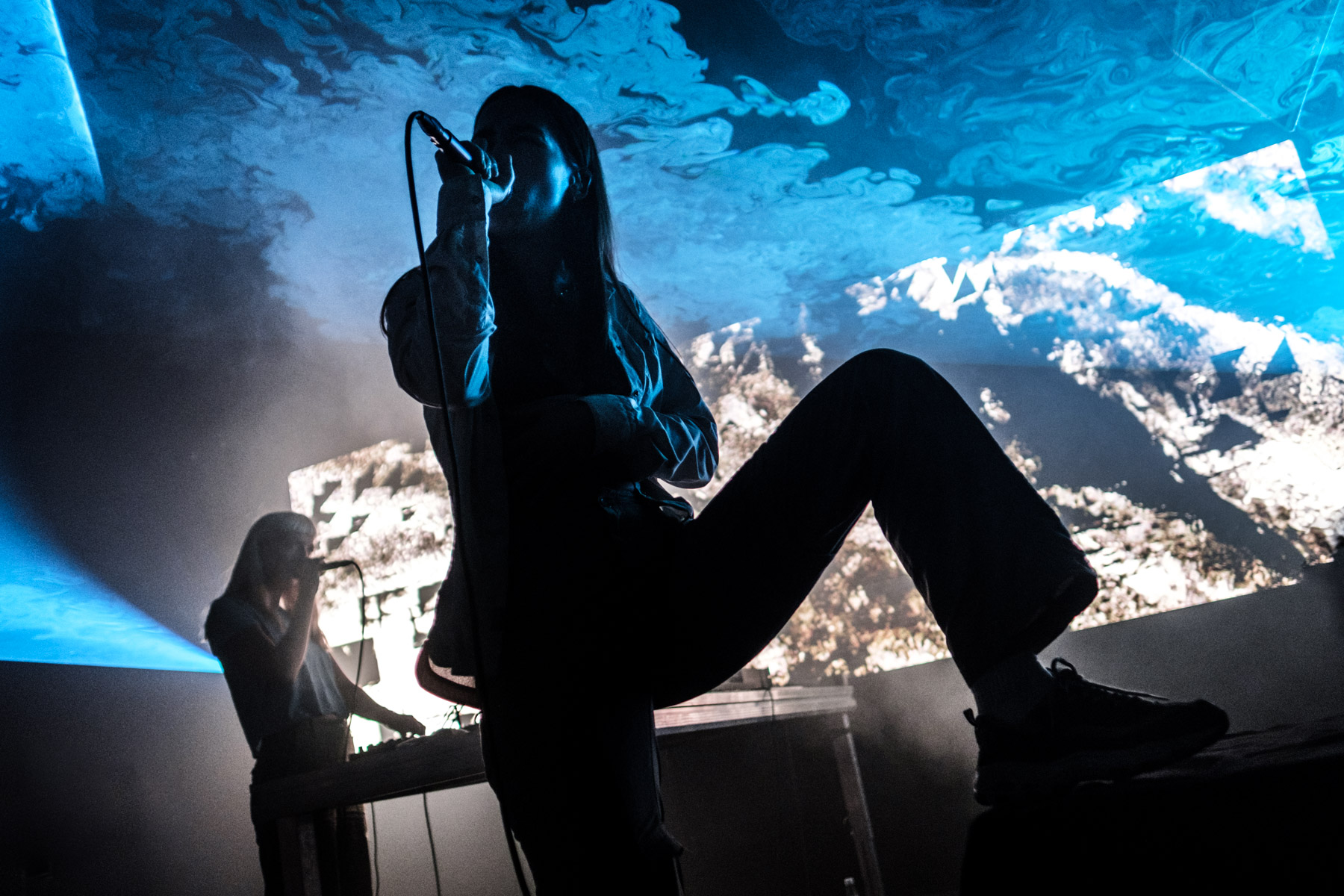
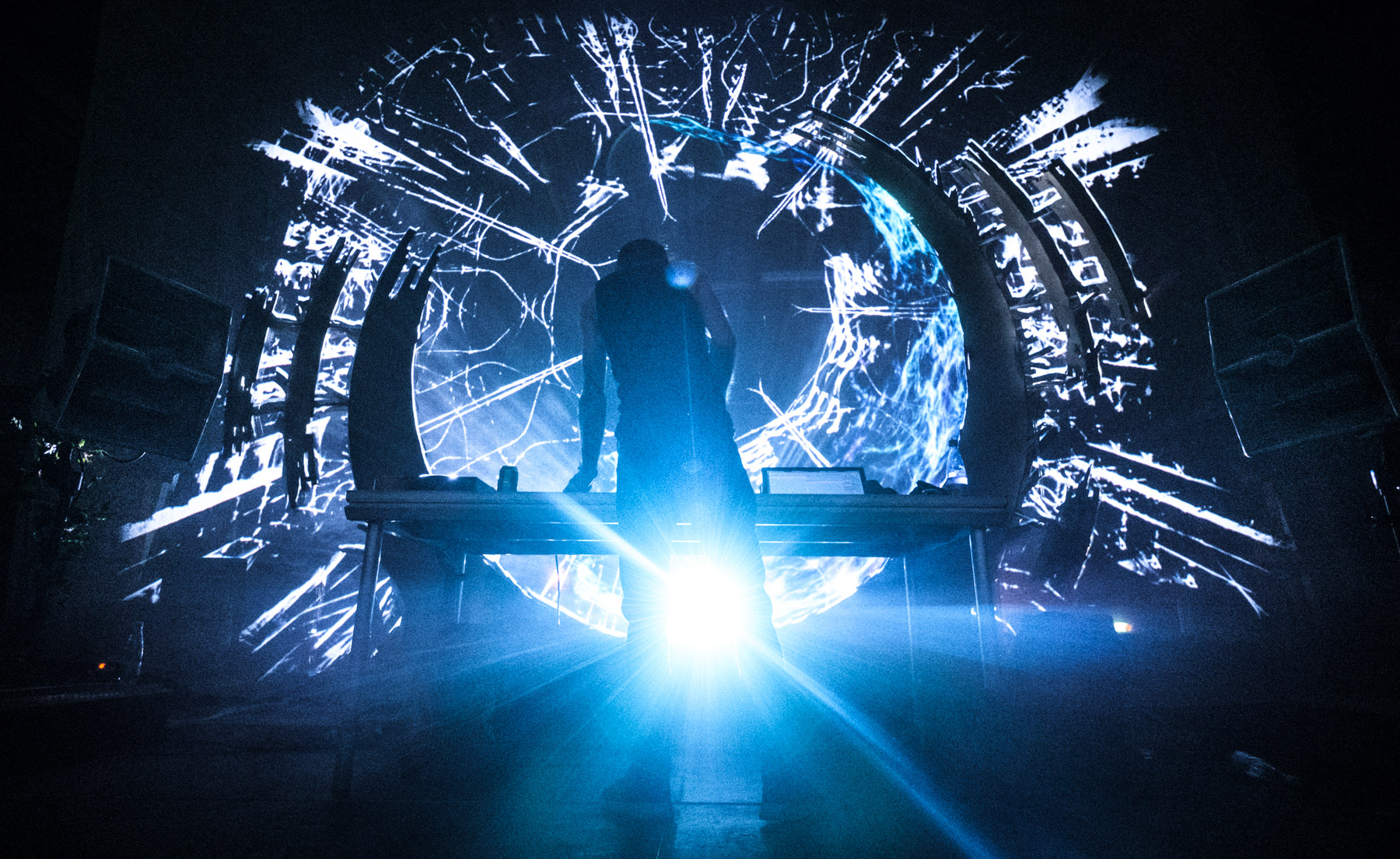
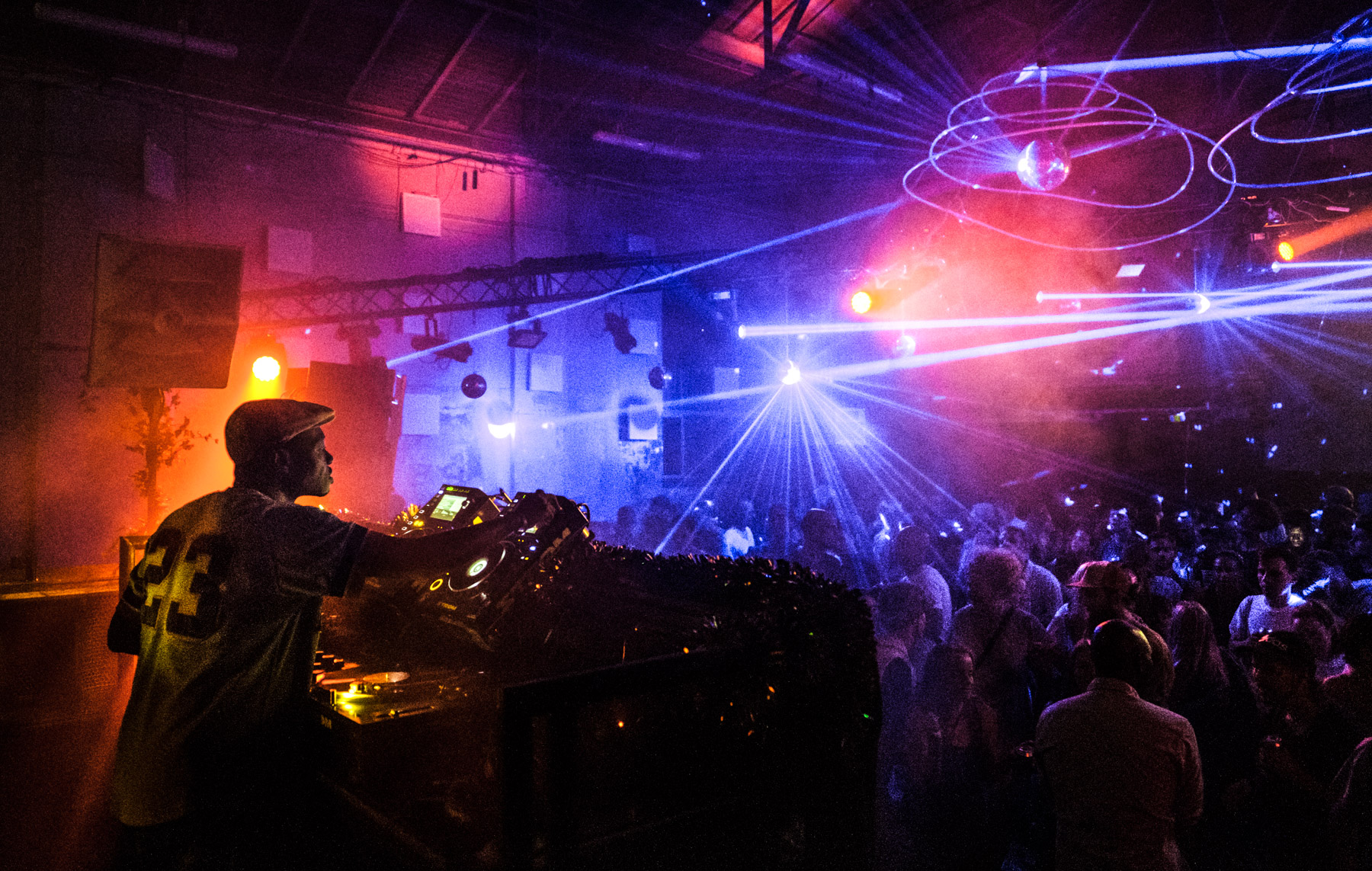
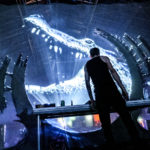


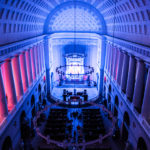

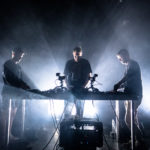
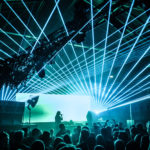






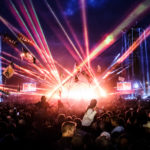
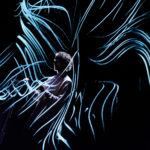
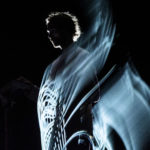
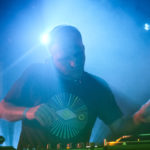







14 Comments on “The Fujifilm X-H1 – Fire the Turbo Lasers”
Thanks was really a good review, I have also recently moved from X-T2 to X-H1 and must say I missed the the X-T2 at first but after a while you adapt to the new body but still think I will invest in one of the smaller bodies as a travel camera or when you want something more discreet. Just one question as I think you a re faced with it daily, how do you handle noise on your camera, do you also turn in camera NR all the way down and what software do you use in post?
Hi Brendon and thank you so much. I actually really like the noise at high ISO so I do not do much about it. I use Lightroom and only Lightroom for all processing, and some pics at ISO 12,800 I will use a bit of color and luminance noise reduction (maybe 10-15 setting) but apart from that I never use noise reduction. On the camera, I have it turned off (though that only applies to jpegs, not raws)
I have the X-Pro2 and the X-H1 which I like very much. I enjoy your images and thank you for sharing.
Thank you so much Earl, and thanks for commenting.
Thanks for this write up. I just bought the X-H1 for video. I’m getting used to ugly cameras now with my GFX but like you I long for a beautiful camera. Your pictures tick all the boxes for me. Gorgeous work.
Thank you so much Damien, and thanks for commenting, really glad you like the review and my pictures!
some shot deserves to be painted in some city walls!
🙂 Thanks Walker!
Delicious pictures as always, Flemming!
Thank you so much Håkan!
Jag läste också din bloggpost “The view from my father’s house” och blev berörd av den. Den skiljer sig från vad du brukar skriva, stillsam och allvarlig.
Kan vi inte övergå till danska och svenska här?
Allt gott,
Håkan
Hej Håkan. Jo, Dansk og svensk er vældig fint! Tusind tak for din kommentar om “min fars hus”. Ja, den blog post er anderledes og noget mere personlig end jeg plejer at skrive. Før i tiden skrev jeg mere personlige blog posts, men ikke så meget længere. Måske jeg begynder på det igen.
Tak for dine fine kommentarer, og alt det bedste. Flemming
I shoot primarily with the X-H1 and less so with the X-T2. Great points here. I see that your cameras are usually set to manual. What’s your preferred focus set up? I shoot a lot of very dark environments, too. Haven’t settled on a favorite peak focus setting. I keep telling myself I need to remember to use and practice the manual focus assist thing – pressing in that back button to zoom the focus in.
I tend to switch between two different setups. Manual focus, where I trigger the focus with back button focus, this is what I use by far the most. Or if I need to track a fast moving person on stage, I quickly switch to AF-continuous and use the zone tracking mode. Those two modes serve me well.